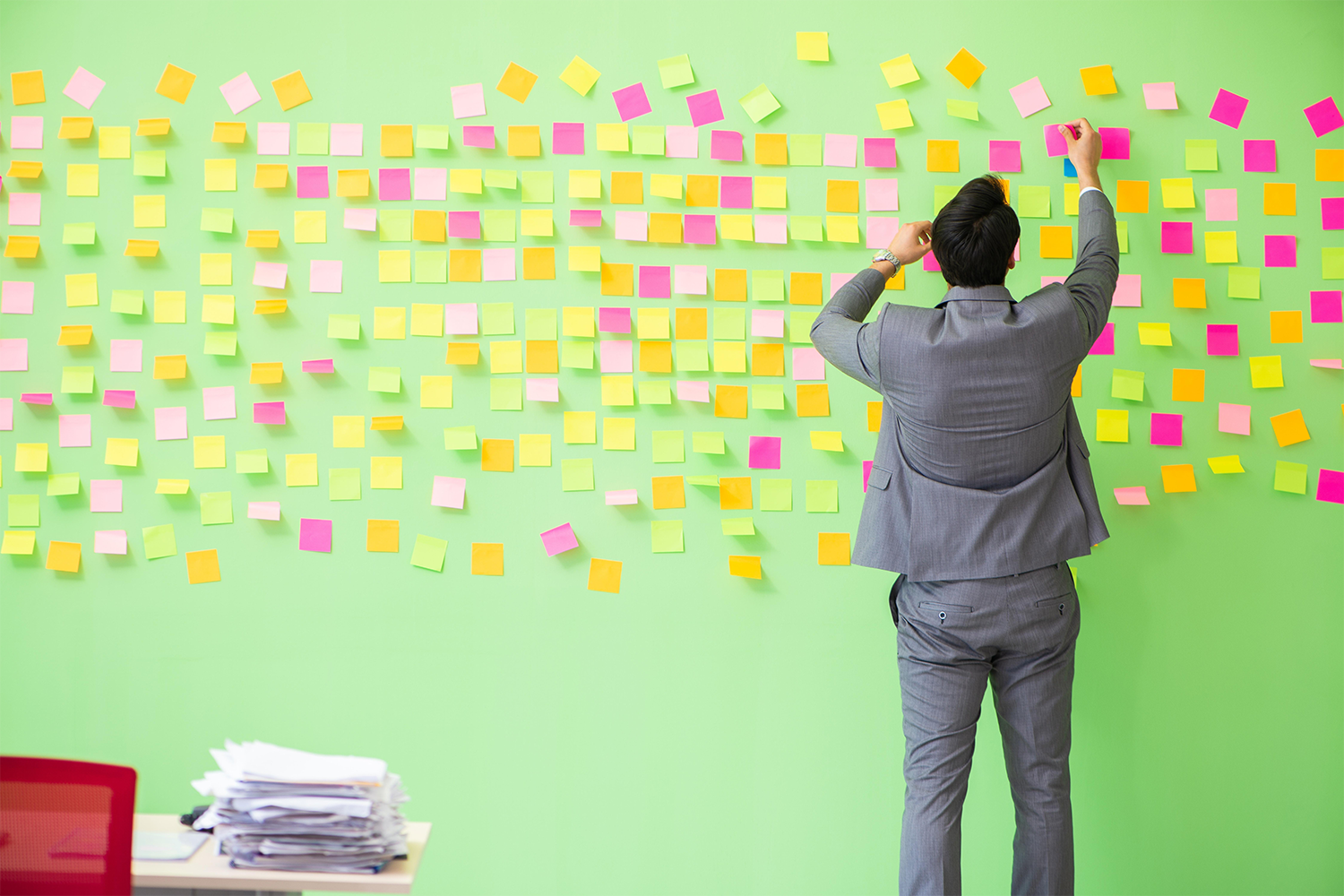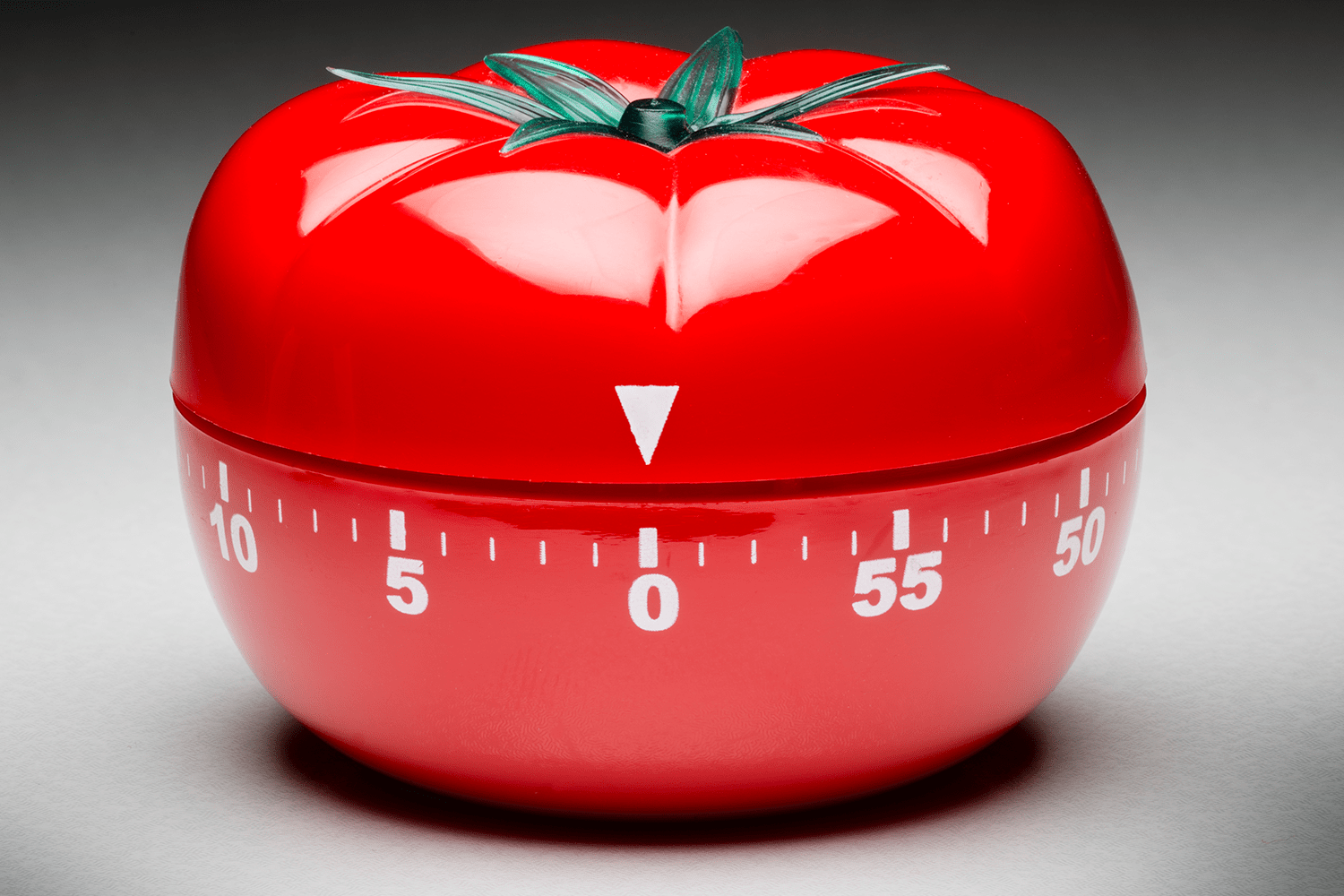Work organization - how to effectively manage time at work?
Do you want to learn more about work organization? This article will help you understand the following:
- why identifying to-do tasks is an important first step?
- when to plan difficult tasks?
- organization of work through the eyes of a manager
- planning your own work - the most important elements
- planning work together
- improving your own motivation
- the two-minute rule
- planning work and rest time
- pomodoro method
- what is the importance of the work place?
Identify the tasks that need to be done
Gathering complete and reliable data on individual tasks is the most important thing at this stage and should be done first. In order to work efficiently and not waste any time, we ultimately need to know what needs to be done.

It doesn't matter if your tasks are written down in a notebook, calendar or have their place in a specific folder on the mail. However, in order to spend less time organizing your own work, it's a good idea to use an app to help you communicate with your team - after all, we don't operate in a vacuum in our professional lives. Tools in this regard are good practice, especially if they allow you to tailor its form to your needs.
Making decisions - where to start?
Gathering all tasks in one place helps to make decisions accurately and supports effective management. In everyday work there are difficult tasks. Some productivity experts advise starting with the most difficult task and forgetting about postponing it, in other words "eat the frog first thing in the morning." Others, on the other hand, advise getting to know at what time we are most effective and plan to perform that task for that time. There are also tools like the Eisenhower Matrix that make it easier to choose priorities and work on tasks.

Through the eyes of a manager
Organizing work and delegating tasks can be a challenge. Tools like Fortask make it easy to verify the current workload of your employees. This type of view when working with good organization can be invaluable. Lack of clarity in this area causes problems and often leads to a situation where on a given day one person has too many responsibilities, while another (looking at the whole) with a smaller volume of tasks can afford more breaks and rest.

Important for leader making decisions
If good organization of your team's time - not just your own - is your responsibility, then you should be familiar with tools for organizing work. For your team, the tools may not be as important as for a manager. Team effectiveness is one thing, but leader effectiveness is another. Measurable responsibilities are assigned to particular people, and it is within the authority of the boss to hold them accountable. If you want to manage effectively, you need to have a clear view of what tasks each person on the team is performing.

Good organization of your own work - how to manage it
If scheduling all the tasks is not possible within the set deadline- why not discuss the deadlines for their completion?
If you see that you have too many tasks, you need to talk to your supervisor about it. Everyone is chased by deadlines and sometimes tasks are distributed among employees according to different criteria. Sometimes experience in a given topic or previous success in such tasks plays a role.

Collaborative planning
Works well in situations where time is important and there are many responsibilities. Completion of specific tasks may be more important than others - they may be elements that others in the team are waiting for, or have direct relevance to the budget. Here the manager can handle the selection of priorities, for example, for the coming week.
Collaborative planning is one of the distinctive points of an agile methodology like Scrum. You can read more on this topic in this article.

A realistic approach to your own work
Work organization must be based on realistic data. If you know that certain activities always take more than the planned 30 minutes, it is worth taking this into account. Performing tasks longer than planned will not enhance motivation and will result in lower productivity. A realistic approach allows you to maintain a higher level of motivation and satisfaction with your completed tasks.
How to improve motivation?
Successful completion of tasks is capable of increasing motivation. Satisfaction with a completed task allows you to start the next one faster and easier. That's why it's good to complete short tasks at the beginning of the day, according to the principle presented by one of the productivity experts - David Allen.

The 2 minute rule
This rule is outlined in the Getting Thing Done methodology and says that if something takes 2 minutes or less - you should do it right away. It will simply take more time to plan for execution or return to that task later than to complete it immediately.
Organizing work - reserve your working time for task completion
It is the determination of the working time necessary to complete a task that first influences the improvement of work time organization. If you are unable to estimate your work time - set something up.
This way it will be easier to fill the day. Time is not a rubber band and no one is able to do more than time allows. If you think you have too many tasks - talk to your supervisor about it.
Perform similar tasks in the same blocks of working time
if you have similar tasks it is worth planning a whole block devoted to them. A similar rhythm of work and level of concentration can make it easier to complete them in such an arrangement, and arranging individual tasks from the simplest one will allow you to effectively start such a block of work.

Plan your rest
Regular breaks are recommended not only for health reasons, but also allow us to focus more effectively on the next task. Our attention is very fleeting and focusing it effectively is easier after a moment of rest.
Pomodoro - a method with integral breaks
This is a simple method of increasing productivity by working in focus in specific blocks. Dividing work into short blocks of time helps you stay focused and concentrated. However, before you start using the method, remember to have your tasks gathered.
The technique involves doing 25-minute blocks of work during which you complete your tasks, followed by a 5-minute break. What's important is that the break should be an activity to take your mind off your tasks: have a snack, take a walk around the room, some people do a little exercise, others look out the window or talk to colleagues.
If you do 4 such 25-minute blocks, it is advisable to take a longer pause - from 15 to even 30 minutes.
Pomodoro - how to manage work effectively?
These are things to keep in mind when using the pomodoro method:
- consistently use intervals of work time
- turn off devices that may distract you
- use different activities within 5-minute intervals between work blocks
- perform smaller tasks in one block
- remember that if you are starting out - you are learning to use it

Take care of the working place
This is a very underestimated element, but it has a huge impact if, we are talking about work efficiency. There are several elements to keep in mind here, seemingly unrelated, that bring the concept of "time organization" to a whole new level.
- after being distracted, you need an average of about 20 minutes to focus
- chaos around you limits our brain's ability to handle information
- the comfort of your workspace: desk, chair, light
Less distractions
Each of us is different, and this translates into different elements that are distracting to us. The most common ones tend to recur: they are the notifications that social media generates, an excess of incoming calls, long phone calls from co-workers, general chatter and noises.
We can use headphones to soundproof our surroundings by playing music that improves our concentration, for example. However, not all distractions can be eliminated. Let's address the ones we can influence.
A tidier workplace - a more productive head
It seems like a trivial thing, but a cleaner desk has a real impact on our ability to concentrate on the task at hand. With fewer items around us, there are simply fewer things to distract us.
If you're not convinced, just try rearranging your desk for two or three days.

Comfort is not just the domain of vacations
A creaky chair, poor lighting, a misaligned monitor, a keyboard that is too loud - all of these can have a tangible impact and influence on our productivity. If the chair is mismatched and you have to constantly adjust it, this can be a distraction running in the background. It occupies your head and takes away some of the potential that could be used for tasks or spare time.
Poor light not only makes your eyes tired, it can cause general fatigue, drowsiness and even headaches. What follows is a worsening of your mood and a decrease in productivity.
Conclusion
As you can see, work organization is a complex subject that affects not only employees, but also managers. The tasks themselves to be accomplished are just looking at one side of the matter. Preparing the environment in the form of a good working place, taking care to limit distractions and maintain focus allows us to improve planning and make us say that good work organization contributes to better efficiency.



